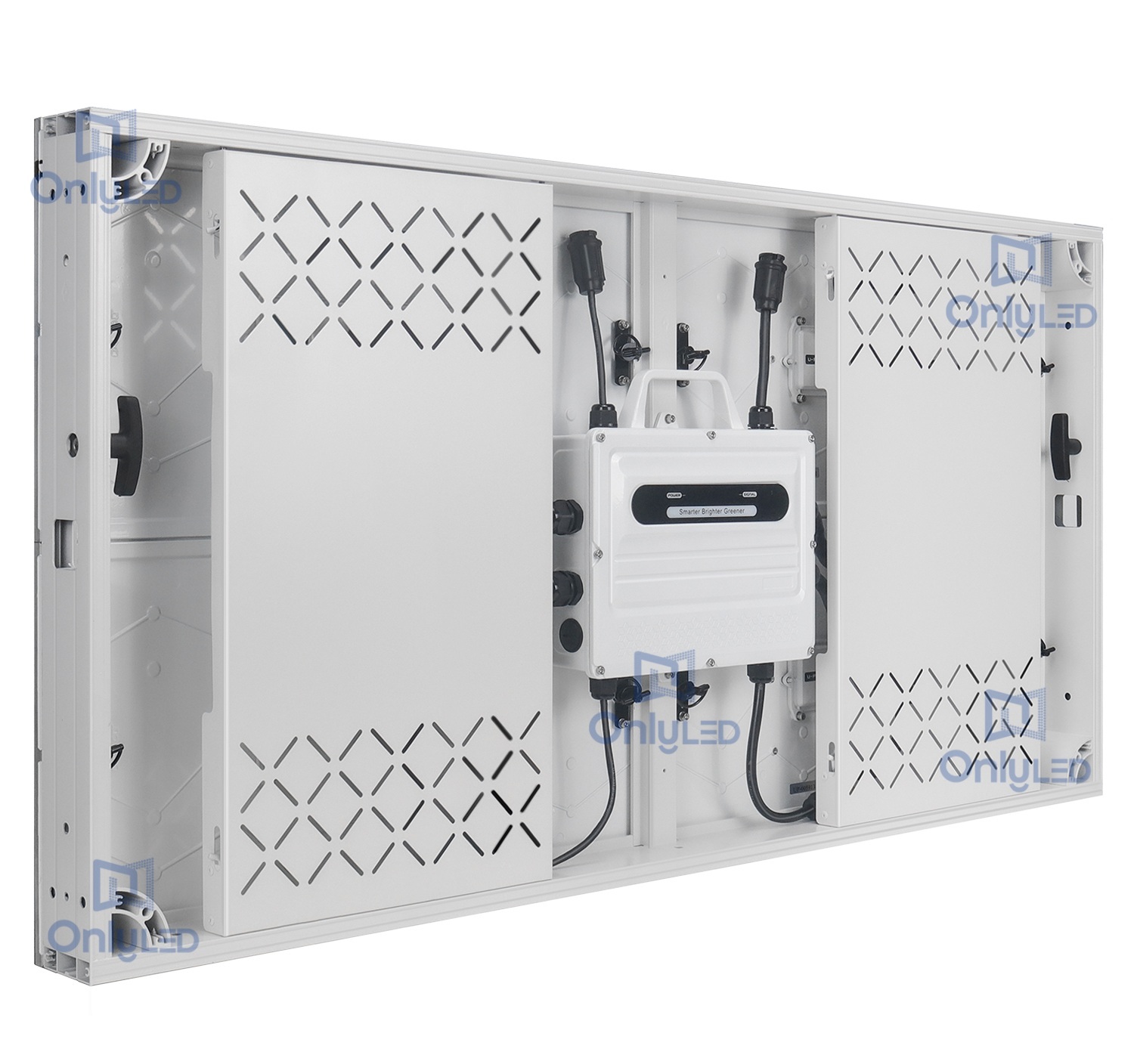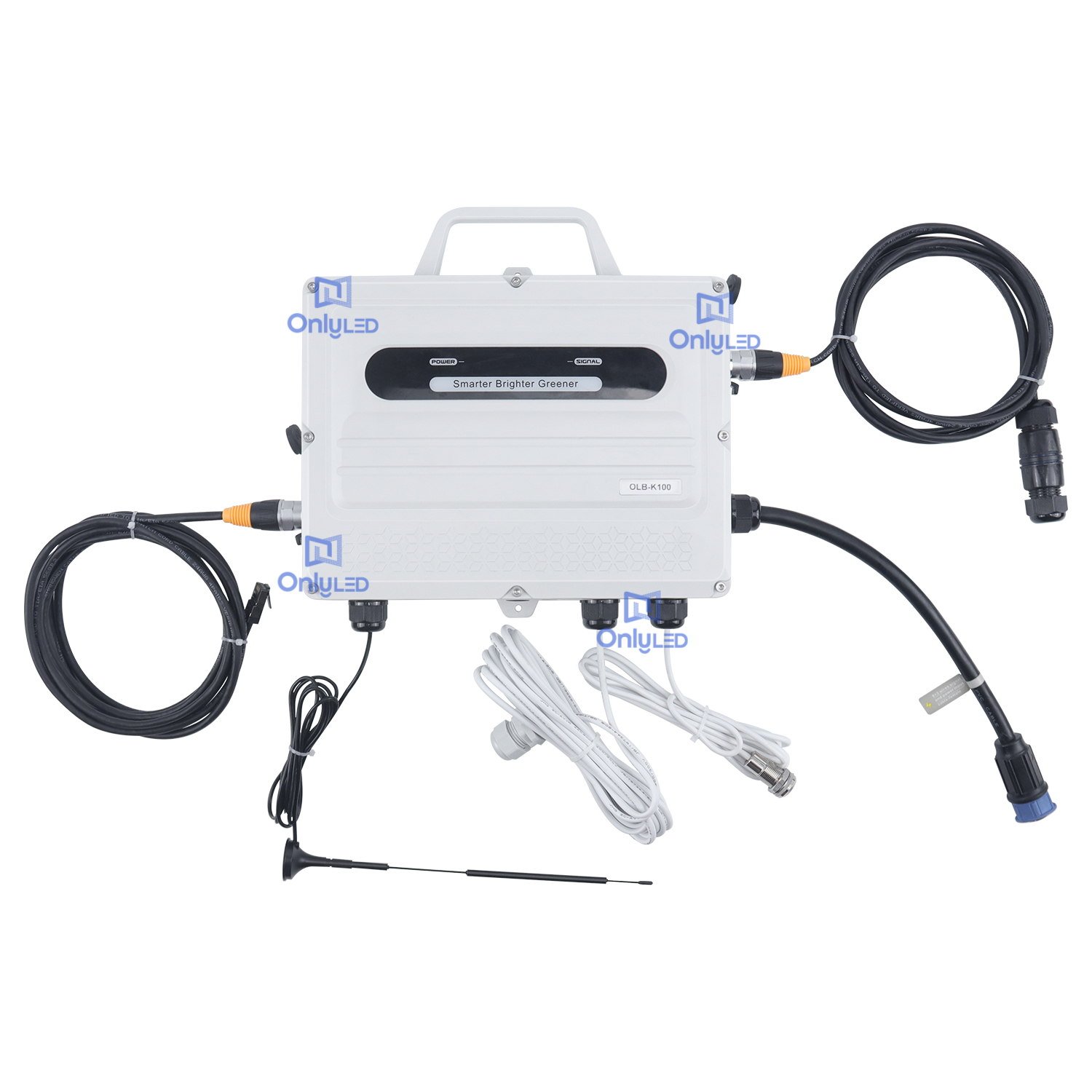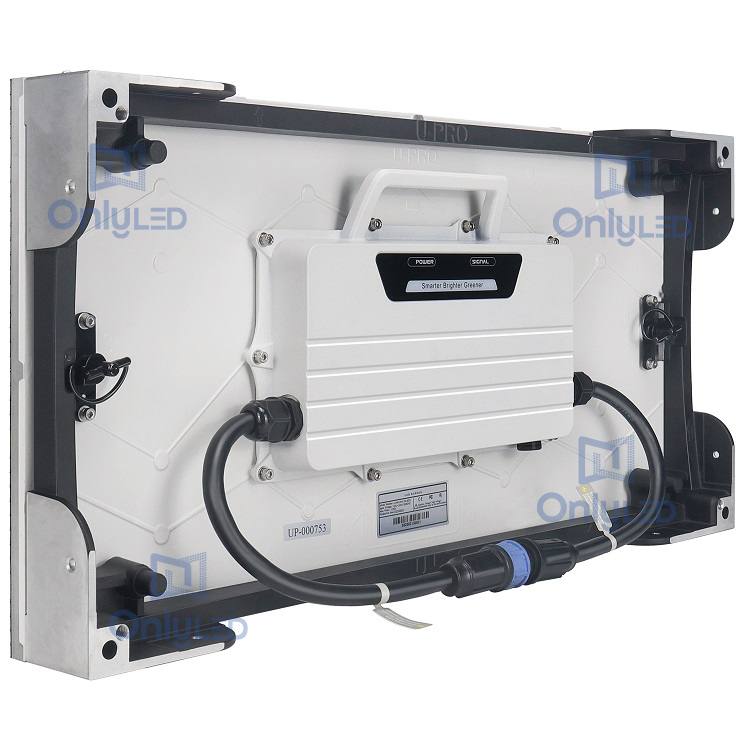Industry News
Enhancing Interactivity through Small-pitch Display and High-sensitivity Touch Screen

Modern technological advancements have revolutionized the way we interact with electronic devices. Small-pitch displays and high-sensitivity touch screens have emerged as two key technologies that significantly enhance the interactive experience. These innovative features have found applications in a wide range of devices including smartphones, tablets, laptops, gaming consoles, and digital signage, among others. In this article, we will delve into the advantages of small-pitch displays and high-sensitivity touch screens, and how they collectively elevate the level of interactivity.
1. Small-pitch Display: Unparalleled Visual Experience
A small-pitch display refers to a densely packed LED panel with smaller pixel pitches, typically less than 2.5mm. This results in a higher pixel density and resolution when compared to traditional displays. The small pitch allows for seamless integration of LED tiles, resulting in large, high-resolution displays with vivid and sharp visuals.
With small-pitch displays, users can enjoy a more immersive experience, where the boundaries between the digital content and reality seem to fade away. From watching movies to playing games or engaging in virtual reality experiences, the visual clarity and true-to-life colors offered by small-pitch displays enhance the overall interactive experience, making it more engaging and enjoyable.
2. High-sensitivity Touch Screen: Intuitive and Efficient Interaction
A high-sensitivity touch screen is designed to accurately detect and respond to even the slightest touch or gesture. Unlike traditional resistive touch screens, these advanced touch screens utilize capacitive technology, which enables the detection of multiple touch points simultaneously. This feature allows for intuitive and efficient interaction, making tasks such as scrolling, zooming, and rotating smoother and more responsive.
High-sensitivity touch screens offer precise and accurate touch recognition, ensuring that every touch or gesture is registered correctly. This technology has greatly enhanced the user experience in smartphones, tablets, and other touchscreen devices. It empowers users to navigate through menus, interact with applications, and control multimedia content effortlessly, promoting a seamless and interactive interface.
3. Combined Benefits: Elevated Interactive Experience
When small-pitch displays and high-sensitivity touch screens are combined, the interactive experience reaches new heights. The high-resolution visuals provided by small-pitch displays, along with the accurate touch recognition of high-sensitivity touch screens, offer users a comprehensive and immersive interaction with digital content.
Such an amalgamation of cutting-edge technologies has found applications in various industries. In gaming, for instance, the combination of small-pitch displays and high-sensitivity touch screens enables gamers to experience realistic visuals and precise controls, resulting in a more immersive and thrilling gaming experience. In the advertising sector, digital signage equipped with these technologies captivate audiences by delivering visually stunning content that can be effortlessly interacted with.
In Summary
Small-pitch displays and high-sensitivity touch screens are revolutionizing the interactive experience across multiple industries. The enhanced visuals and intuitive touch interaction provided by these technologies are allowing users to engage with digital content in ways never before possible. Whether it's gaming, entertainment, or advertising, the combined benefits of small-pitch displays and high-sensitivity touch screens are driving a new era of interactivity.




